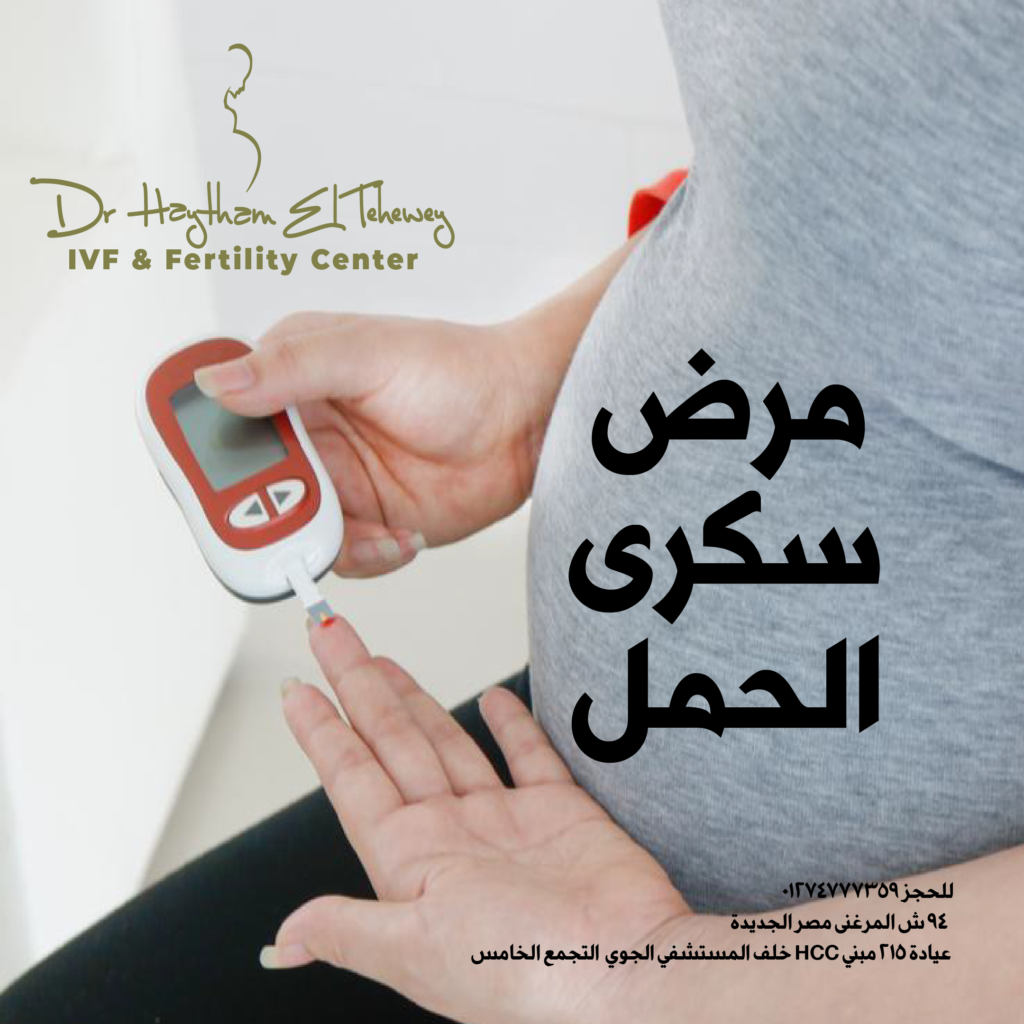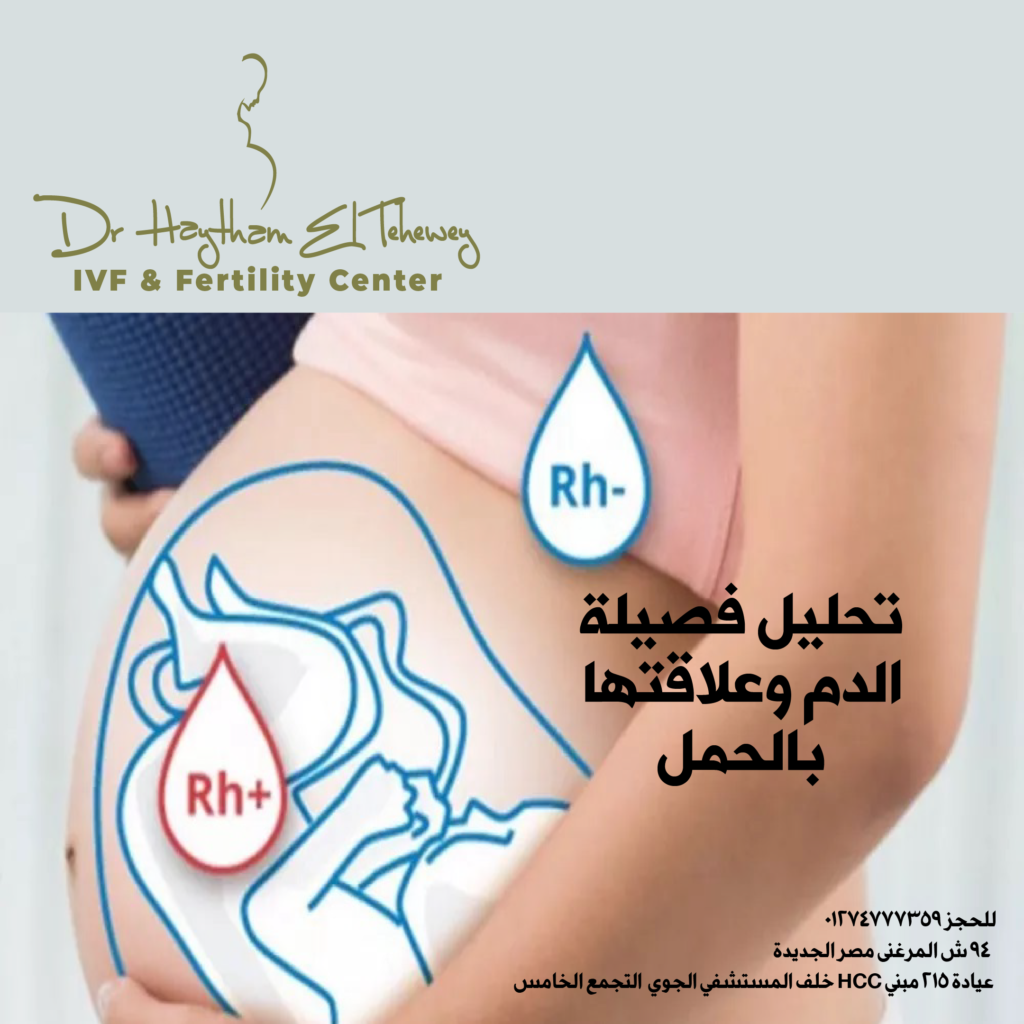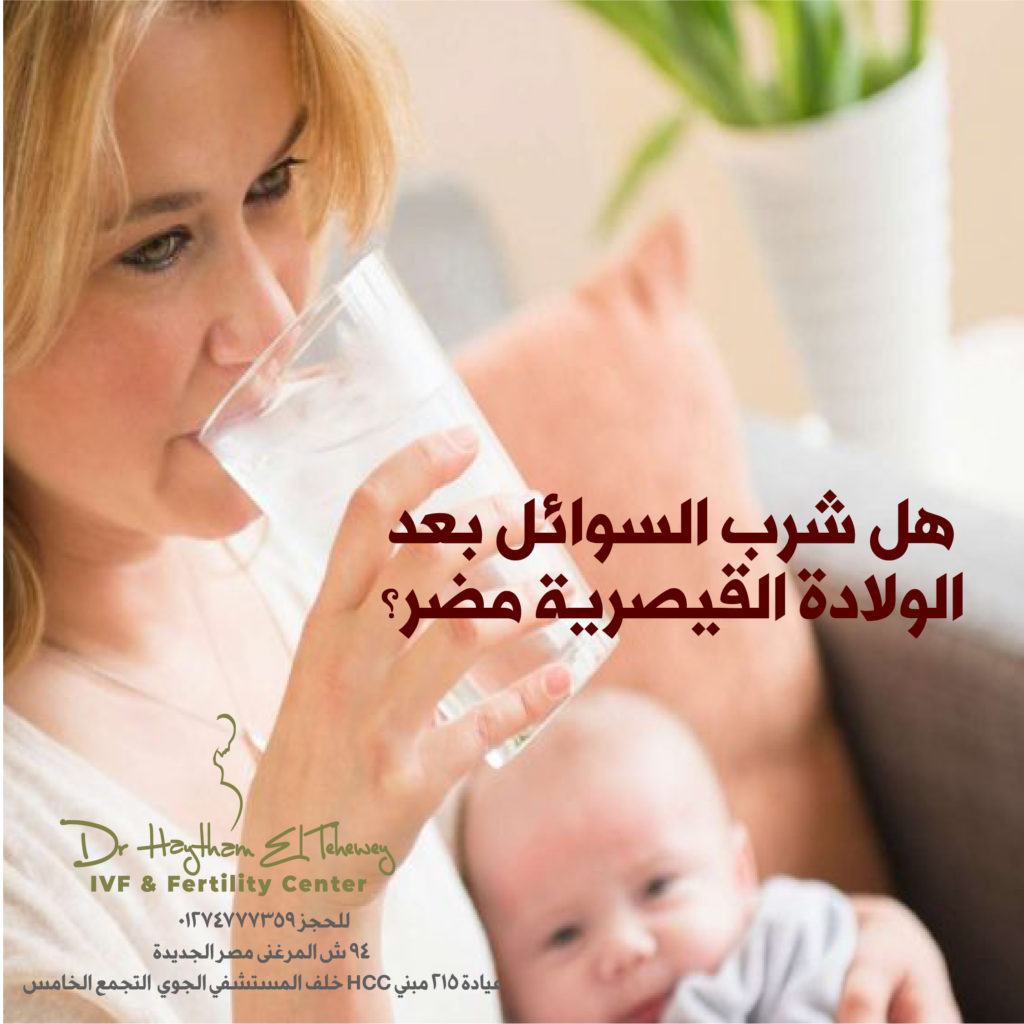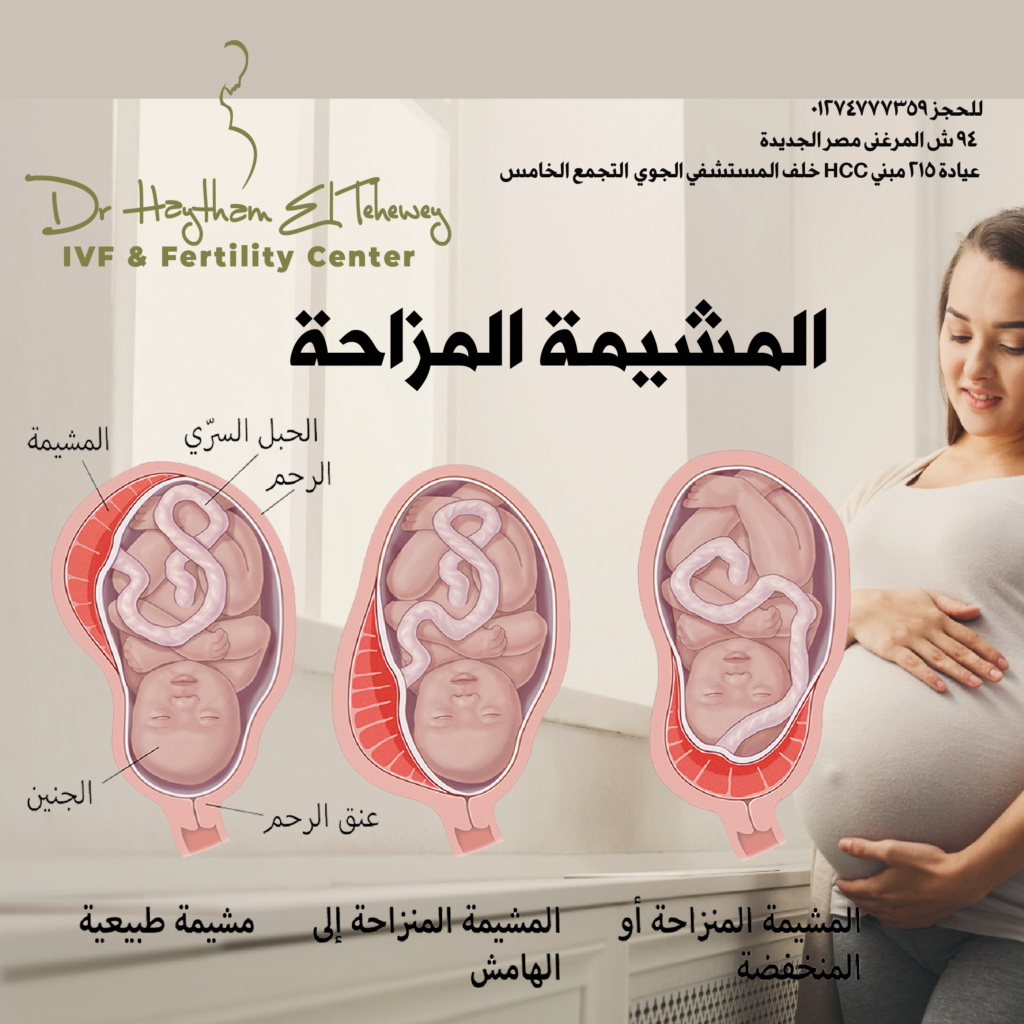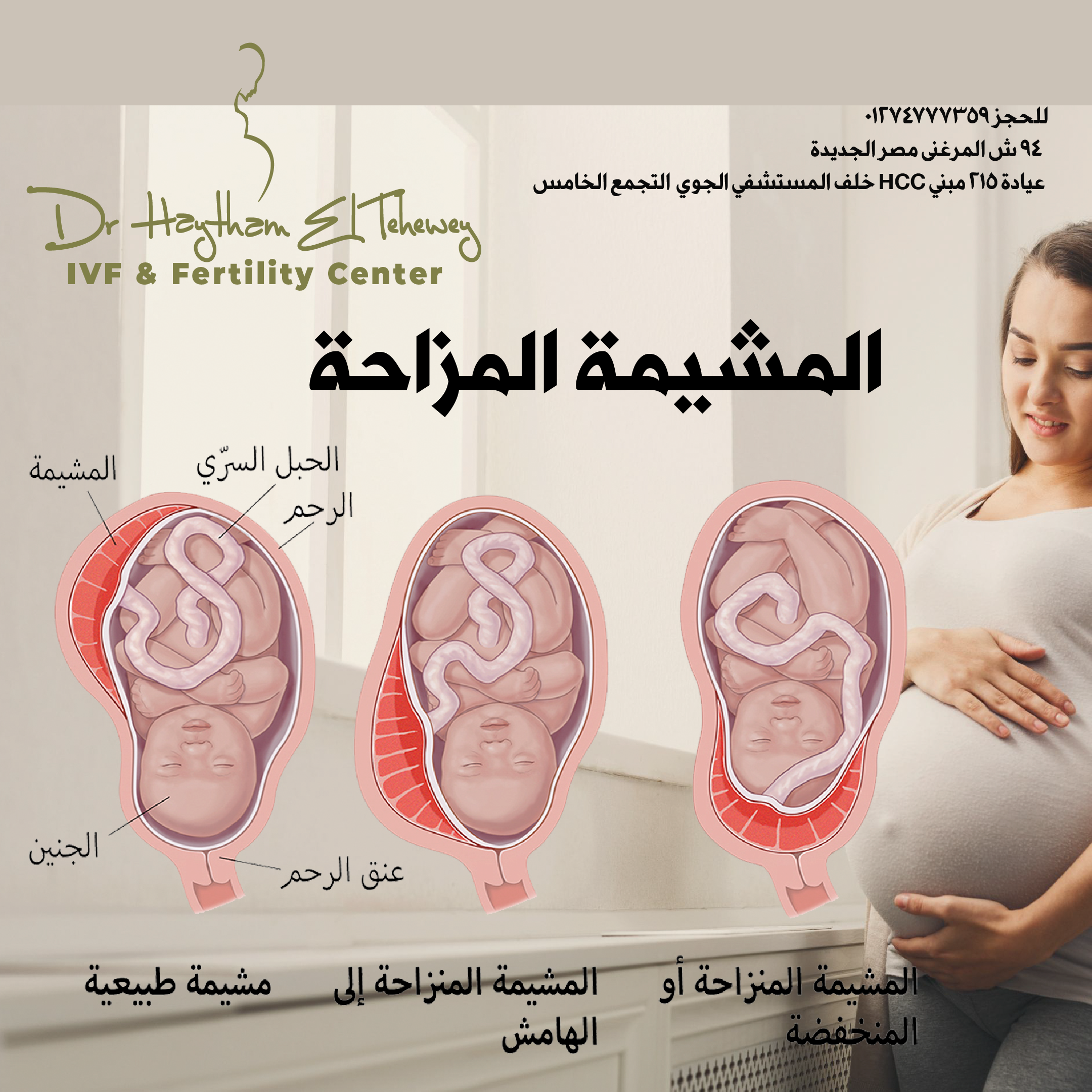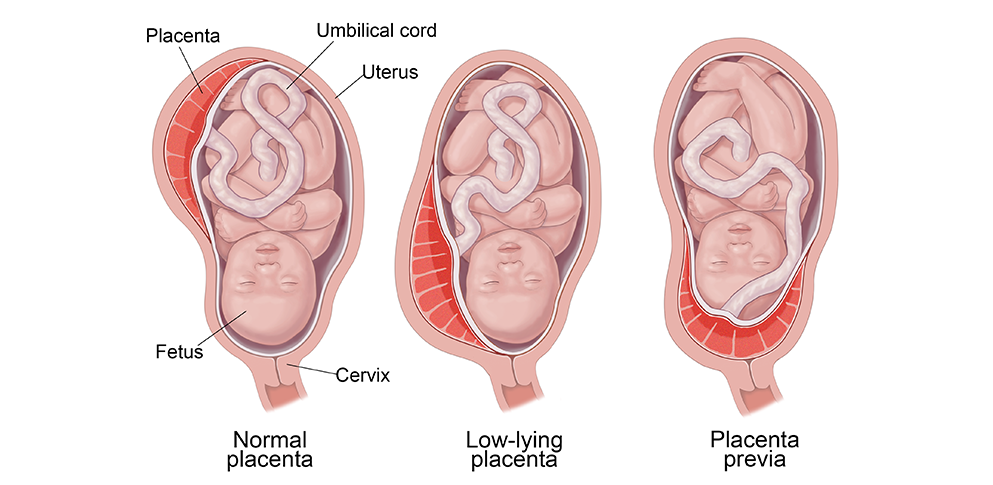Thyroid disorders

Thyroid disorders
Also in Pregnancy
Basically appropriate management results in improved outcomes, demonstrating the importance of proper diagnosis and treatment. In women with hypothyroidism, levothyroxine is titrated to achieve a goal serum stimulating hormone level less than 2.5 mIU per L. The preferred treatment is antithyroid medications, with a goal of maintaining a serum free thyroxine level in the upper one-third of the normal range.
Also Postpartum is the most common form of postpartum dysfunction and may present as hyper. Symptomatic treatment is recommended for the former; levothyroxine is indicated for the latter in women who are symptomatic, breastfeeding, or who wish to become pregnant.
The Second diabetes mellitus as the most common endocrinopathy that occurs in women during their reproductive years.
Generally On the other hand, hypothyroidism may also affect the safety of pregnancy and the health of the fetus, such as miscarriage, premature birth, affecting the mental development of the fetus and high blood pressure during pregnancy.
Symptoms during pregnancy…
For example



find us
Prof. Haiytham Al-Tehewy
Fem Clinic
Heliopolis: 94 El Merghany Street in front of the Girls College metro station
Fifth Settlement: Clinic 215, second floor, HCC building, behind the Air Hospital – New Cairo
For inquiries and reservations 

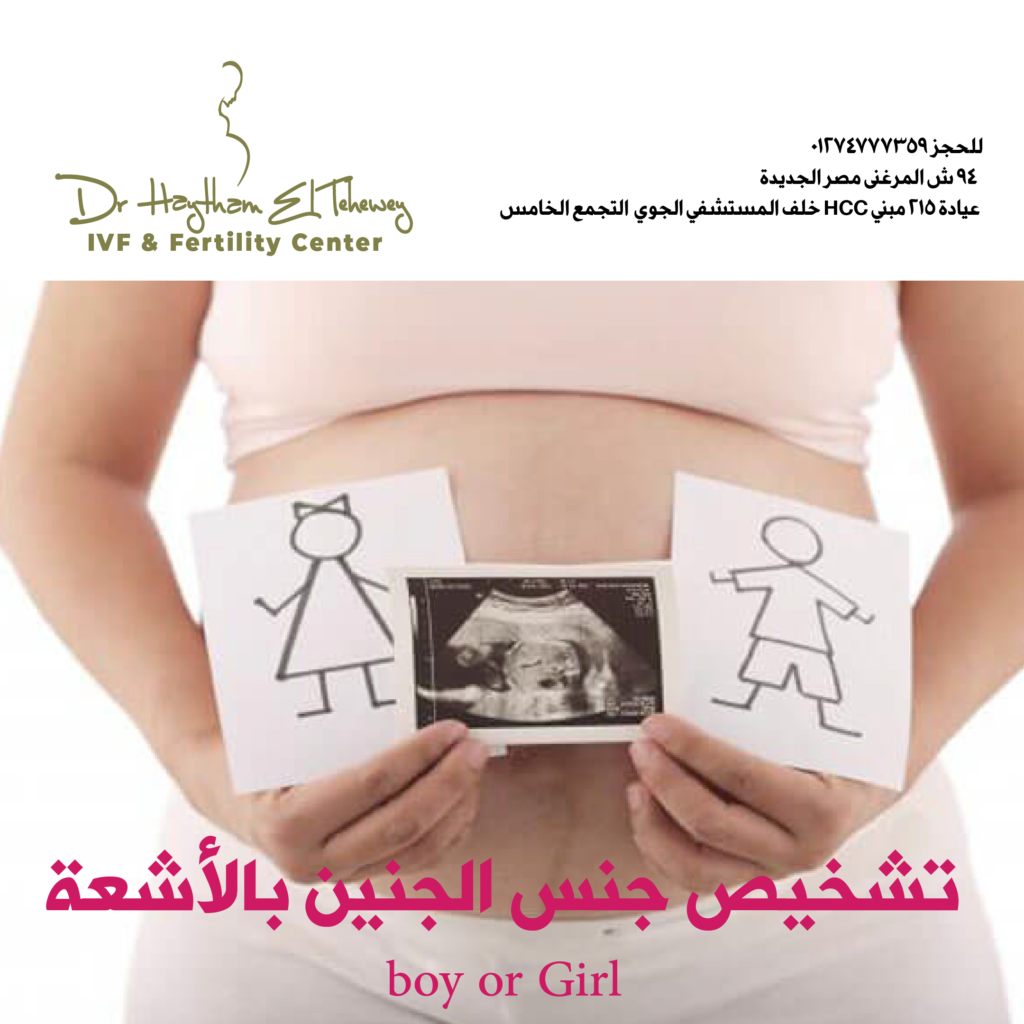
 Fem Clinic
Fem Clinic